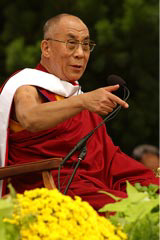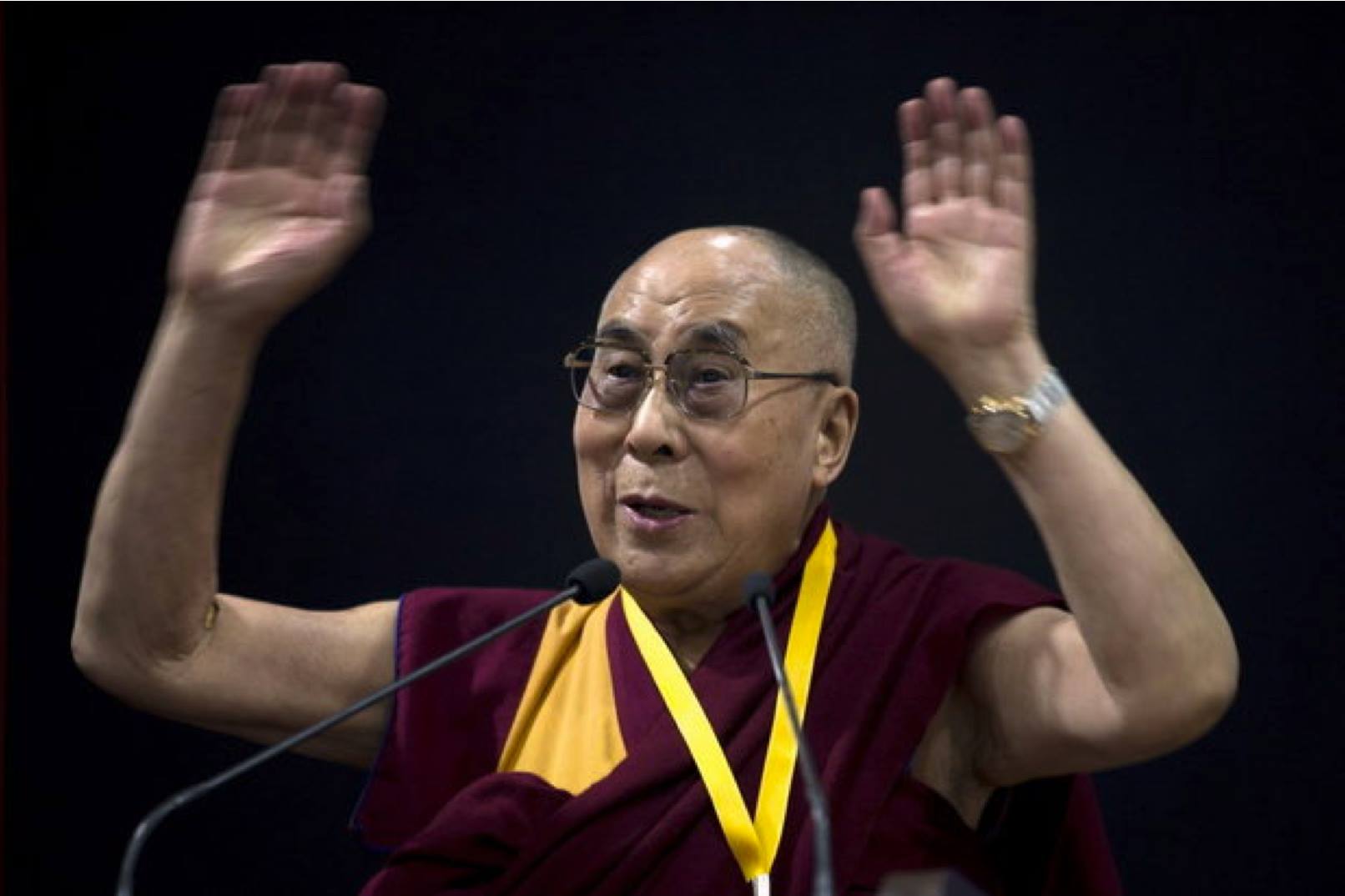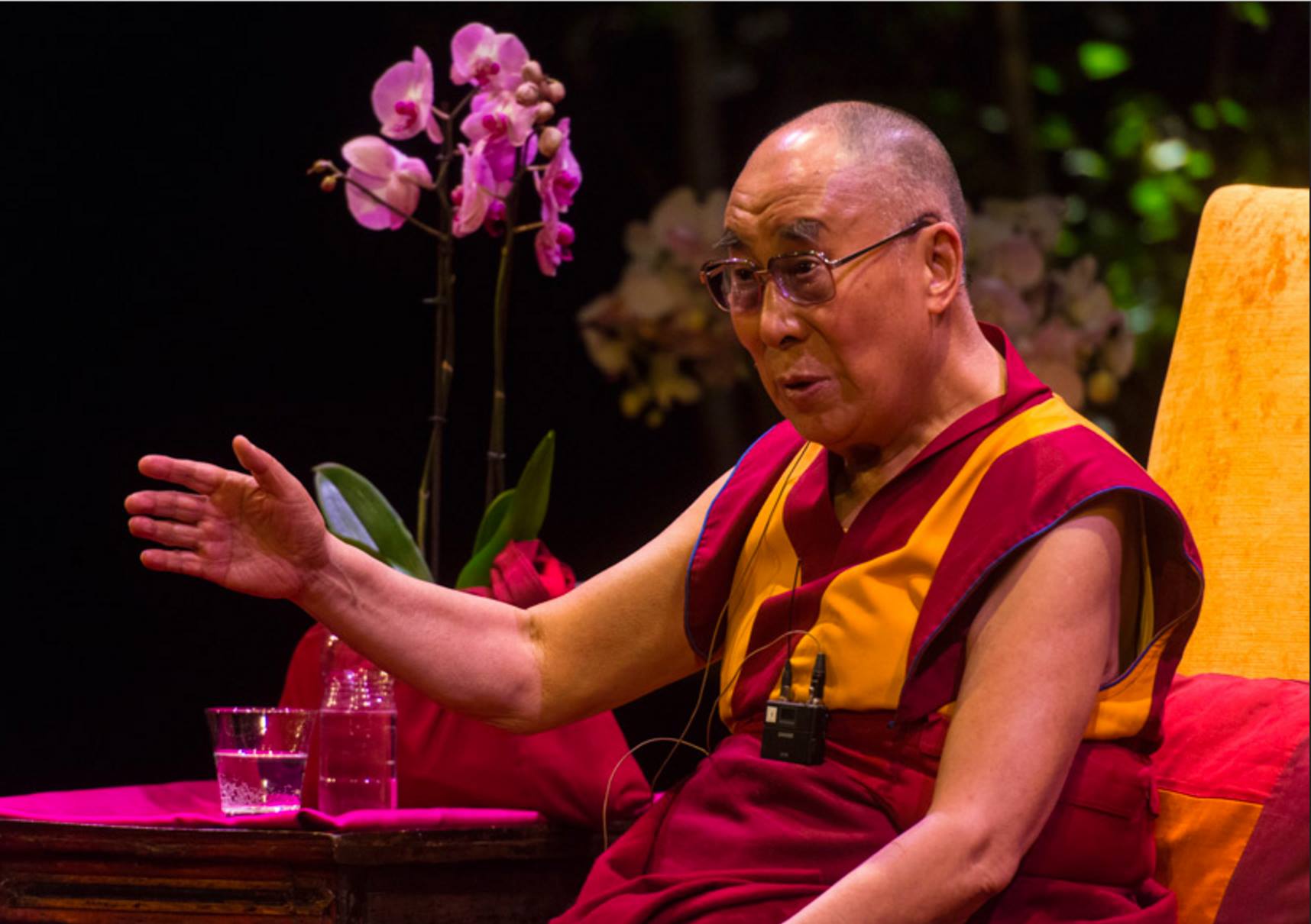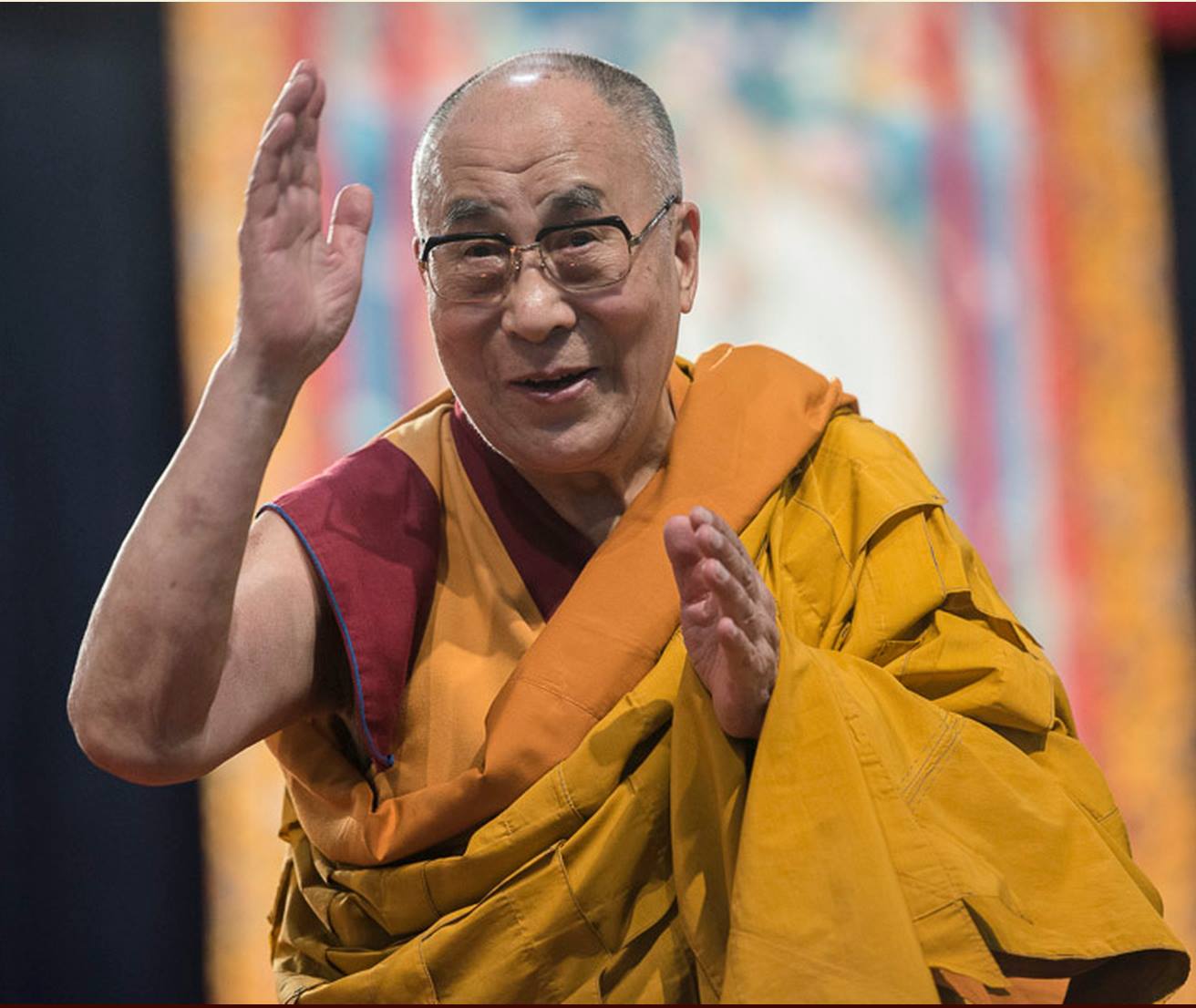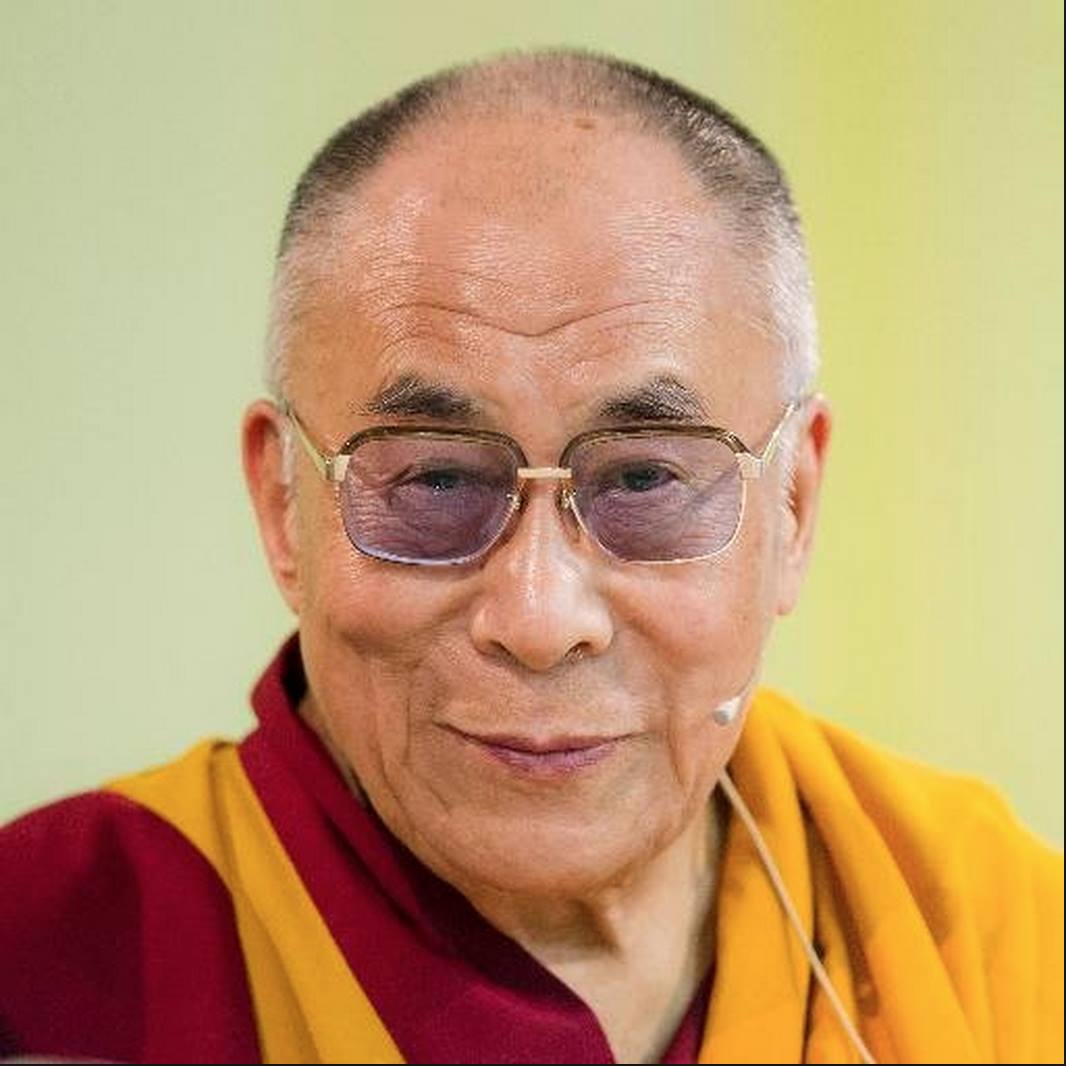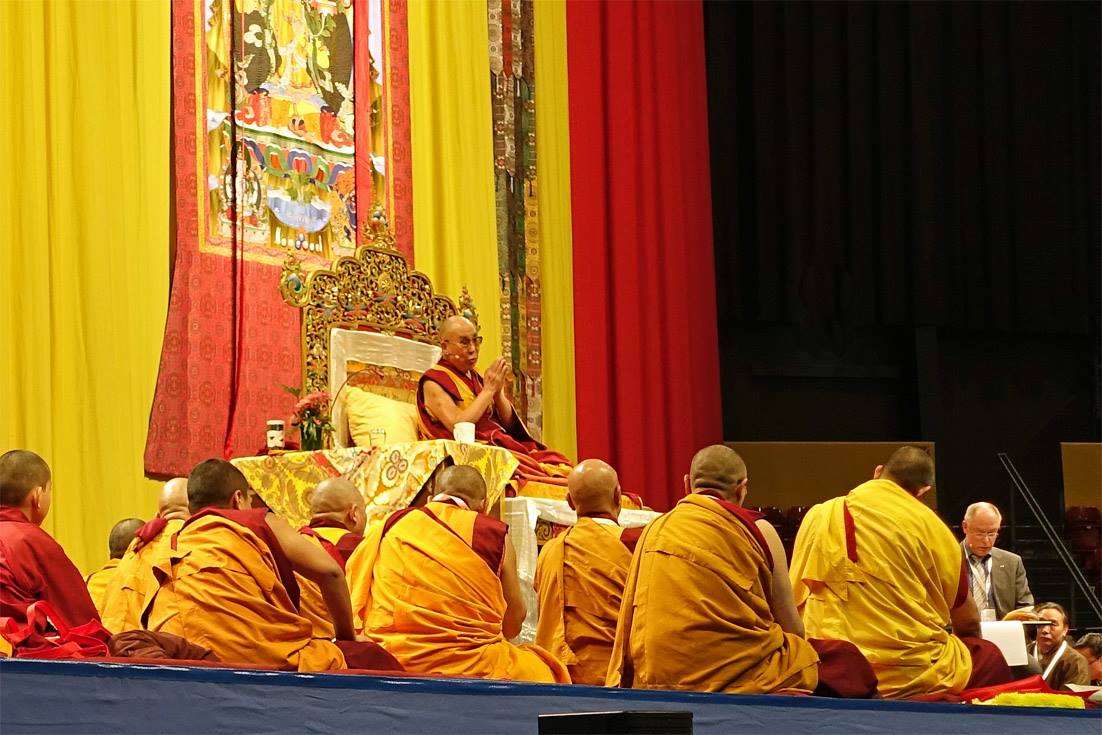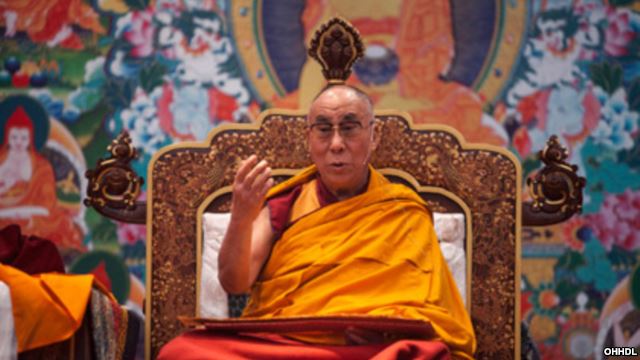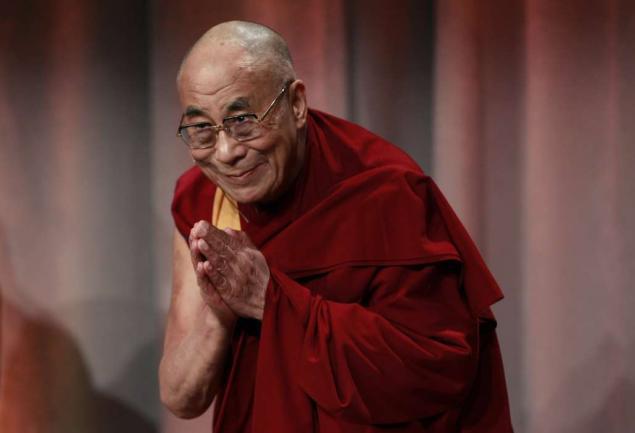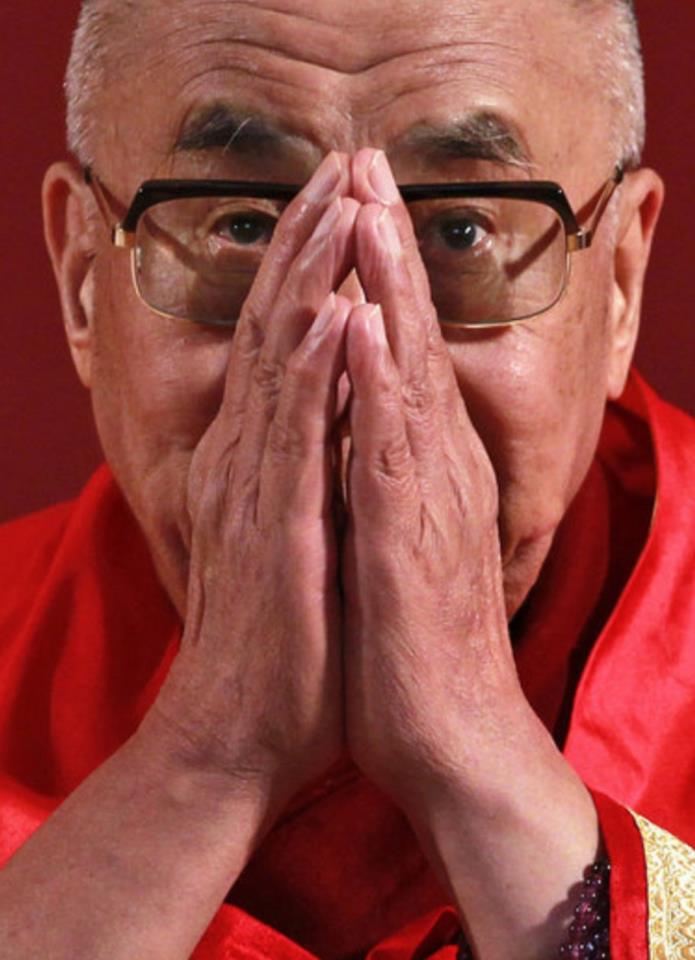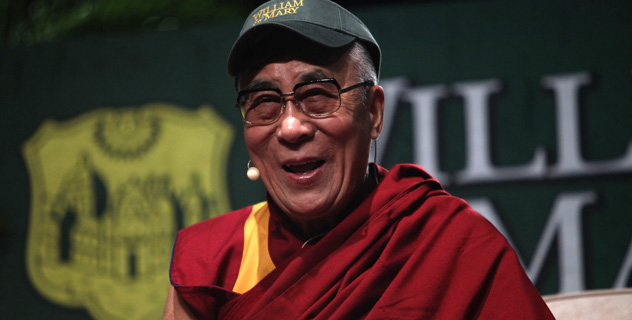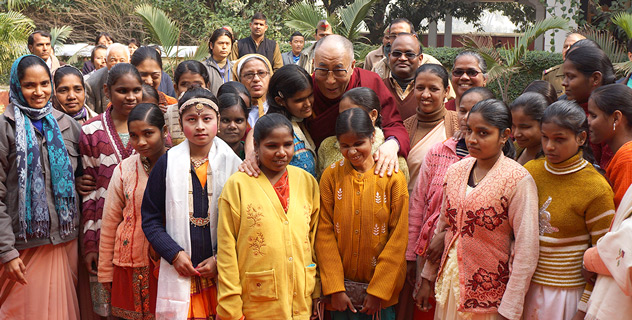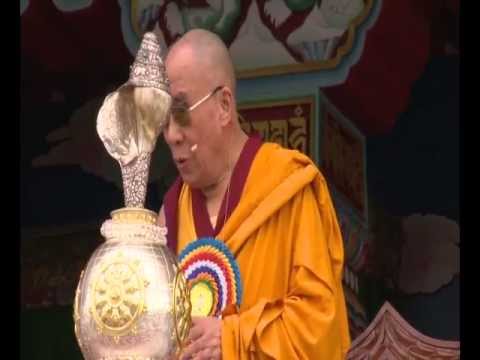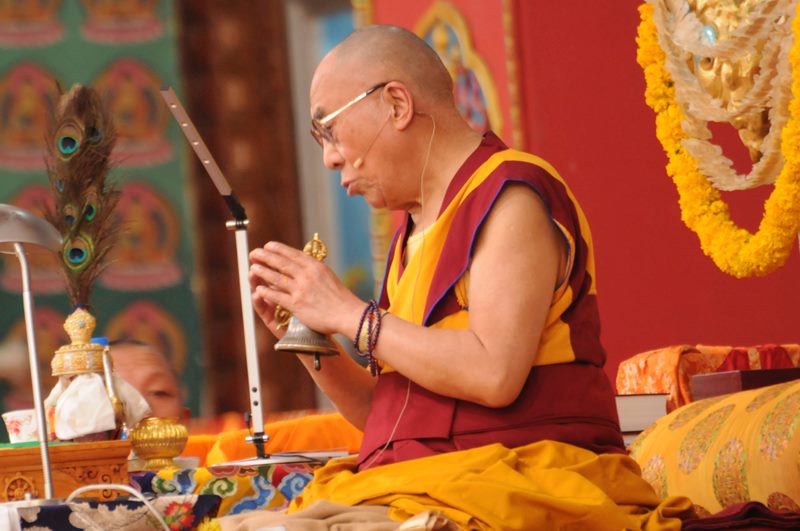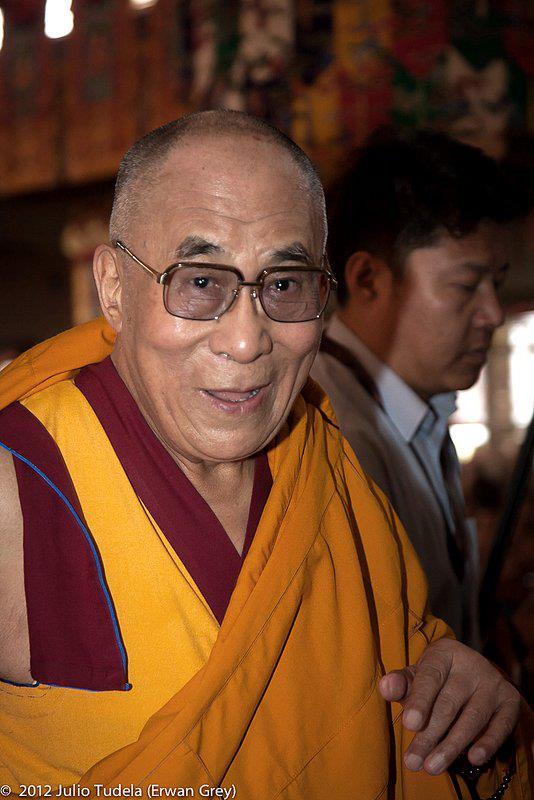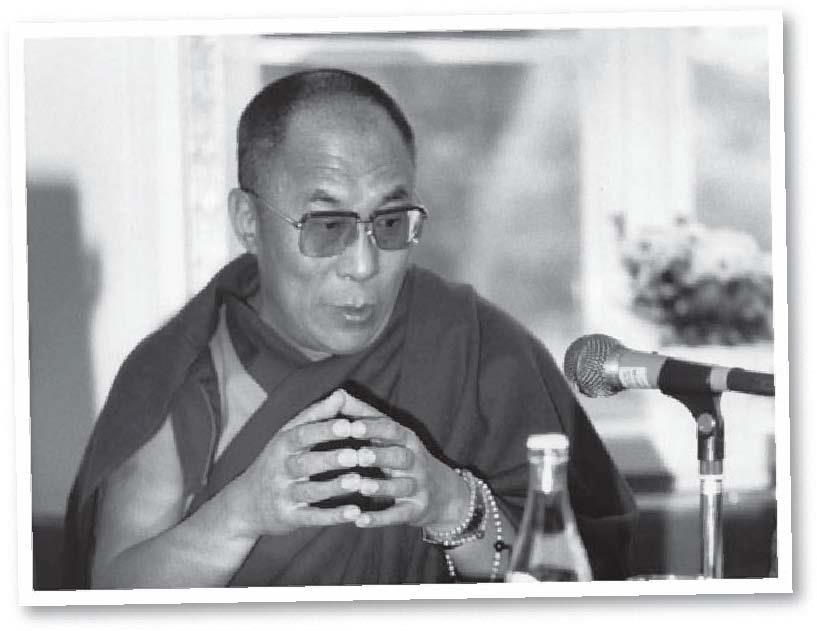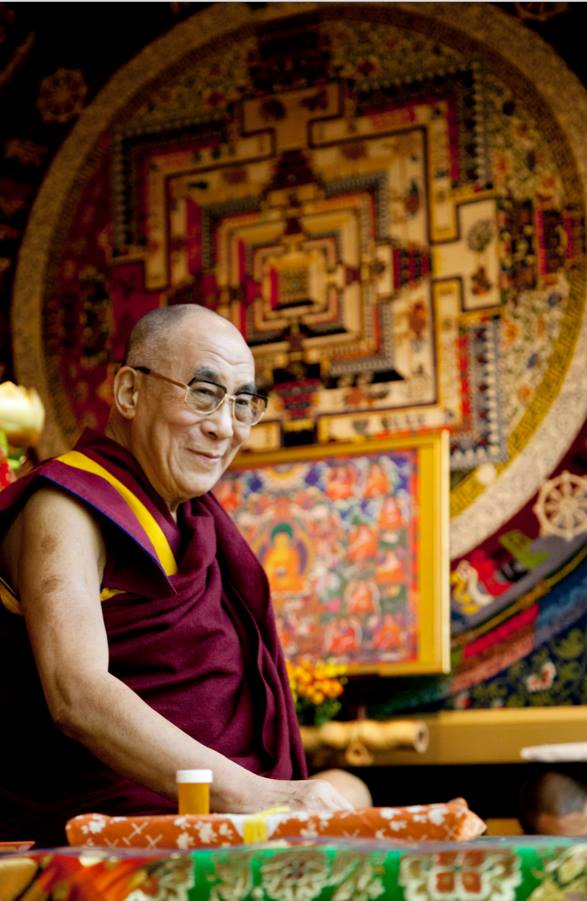
His Holiness the Dalai Lama: In the Buddhist tradition, women are seen as the symbol of compassion and affectionate perfection.
6 His Holiness The Dalai Lama: Commentary on The Precious Garland “Ratnavali” by Nagarjuna, UCLA Los Angeles June 5-8, 1997.
First, a follow-up to previous post: A Chinese court in august 2011 has sentenced 46 year old Buddhist monk Lobsang Tsundue to 11 years imprisonment for allegedly “killing” his nephew, Rigzin Phuntsog, a 16-year old monk who set himself on fire last March. Tsundue was found guilty of hiding Phuntsog which prevented the boy from receiving emergency medical treatment for 11 hours. Eyewitnesses claim that that after Chinese security personnel doused the flames, they severely beat Phuntsog’s charred body. Tsundue, they said, was trying to save his nephew from any further beating. Tsundue’s supporters also claim that young monk Phuntsog died as a result of the beatings and not from his self-immolation.
In related news, the former Tibet Communist Party chief Zhang Qingli who led China’s hard-line policy against the Dalai Lama and his supporters, has a new job and a new target.
Zhang Qingli, aka “The Tibetan bulldog”, has been appointed Communist Party Secretary of Hebei province, home to about one quarter of China’s Roman Catholics. According to the independent.co.uk, Hebei province is “where tensions between the state and the Vatican run at their highest.”
Although there is no evidence that Zhang Qingli plans to mercilessly persecute the Catholics, and perhaps unfair to suggest that he will, it’s still a safe bet things will be no picnic for them in the foreseeable future, because if you know anything at all about modern day China, you know that the government has no use for religion or spirituality. Continue reading
